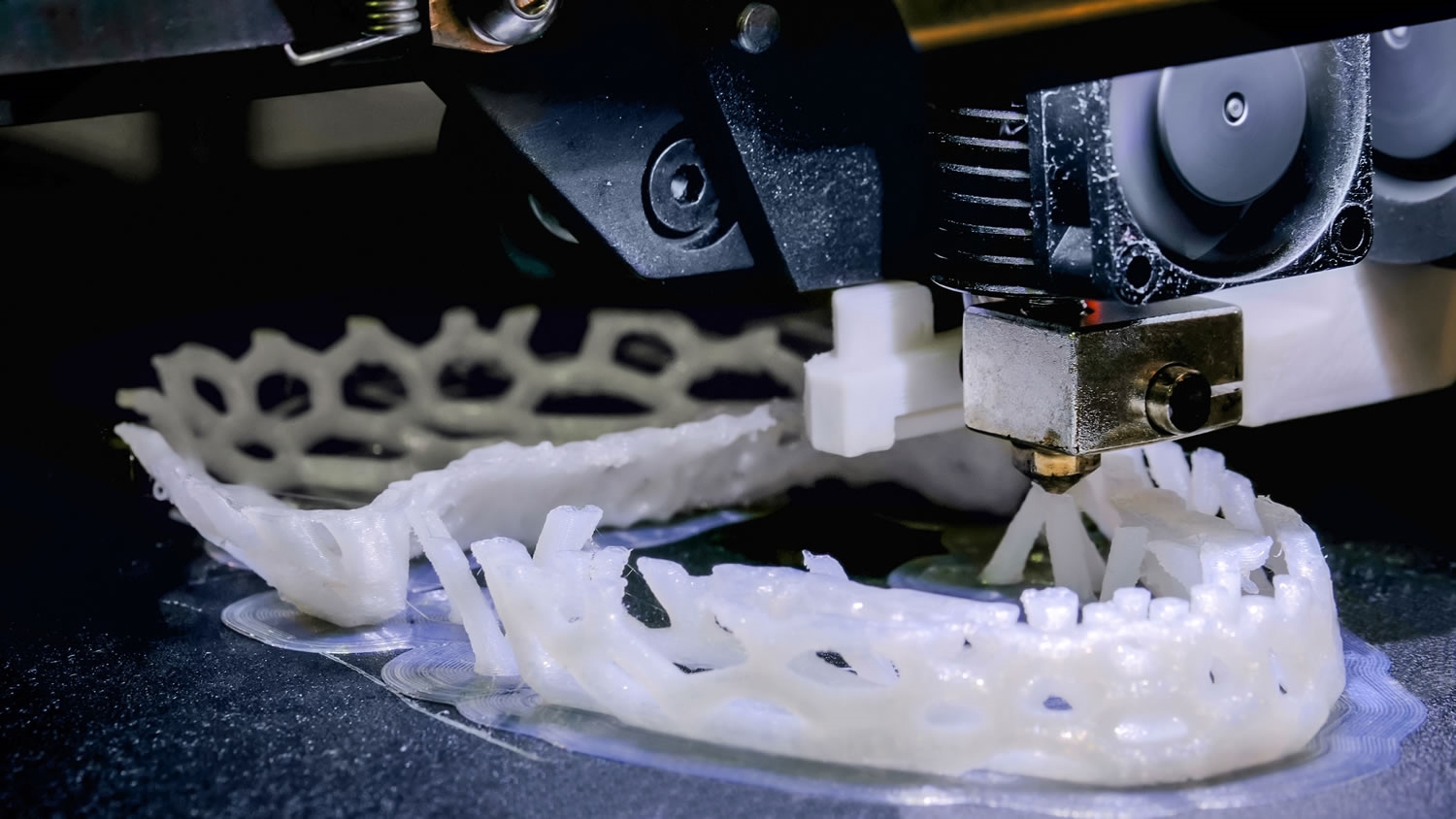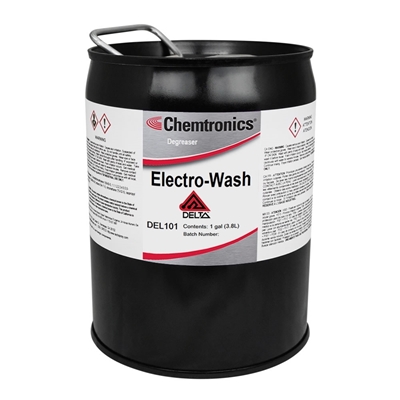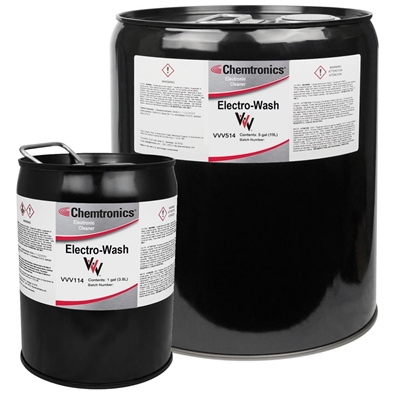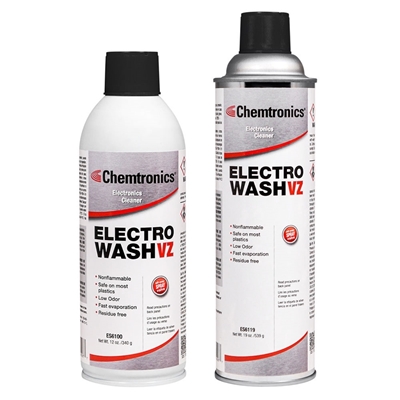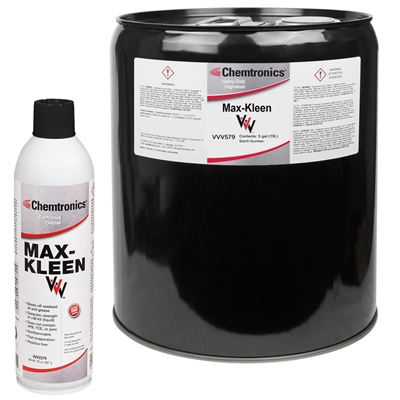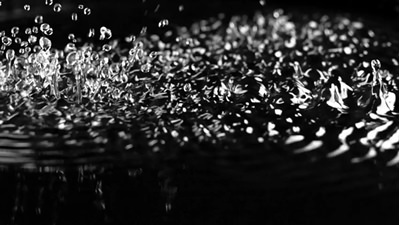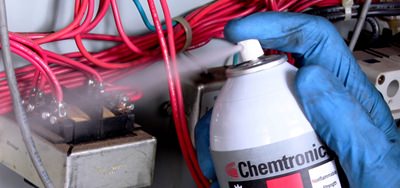If you're reading this, you probably are already familiar with lattices in 3D printing, they're the meat of many parts used in the manufacturing process. A lattice structure is nothing but a repeating pattern, either following a 2D or 3D structure. They save material while maintaining part or model integrity.It provides structure, whether on the surface or all along the volume, or can leverage an elastomeric property by combining material and lattice, etc. In either situation, and no matter the finality of the lattice structure, most often than not, the part must be post-processed and cleaned.
Following are procedures for cleaning metal lattices and high tensile polymers for the aerospace and medical industries by using ultrasonic cleaning, and why it is of utmost importance to add this step in the process.
3D-Printed Lattices
As previously mentioned, lattices are repeating patterns, most of the time generated by slicing software.CAD or Mesh software can be used to apply a special property which may be structural, compliant, superficial or even aesthetic. These lattices are mostly found in the infill in regular FDM-printed parts to save on material and lightweight the model. But sometimes these lattices are a critical point of the design.One example are microlattices in medical implants which are critical for the implant to bond to the surrounding organic tissue.Other examples include heat exchangers to maximize surface contact with coolant or air, or in structural components to precisely optimize tension transmission while keeping it light.
Ultrasonic Cleaning
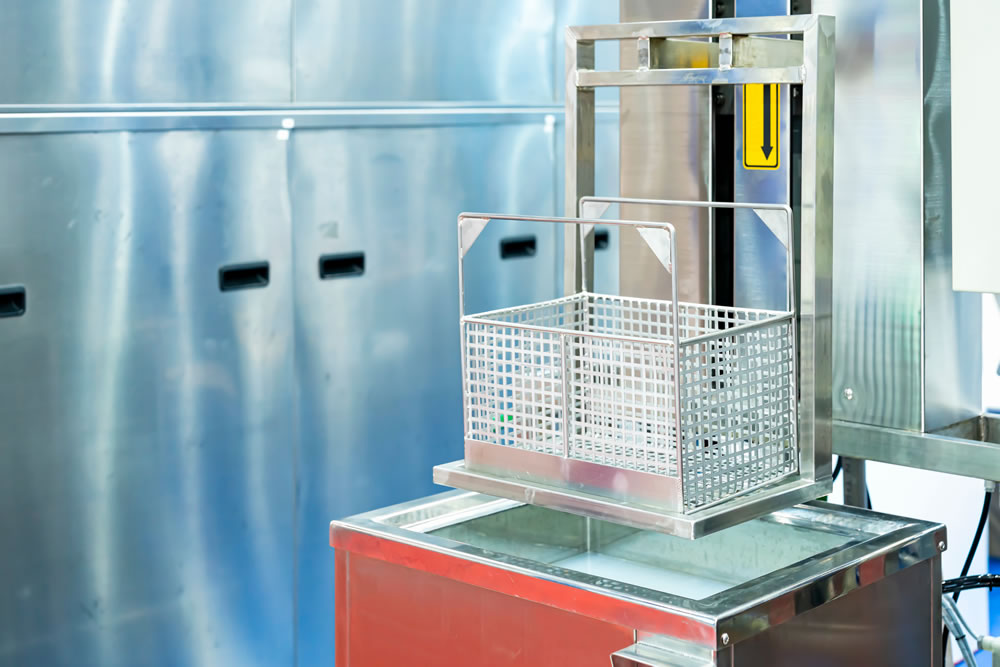
By passing a current through a piezoelectric crystal, humans have achieved another means of turning electricity into mechanical motion, specifically vibration. Ultrasonic cleaning uses an ultrasonic horn pointed at the bottom of a stainless container, which we fill with an incompressible fluid, often water with some added solution. Seems pretty easy, but there's a lot going on in this very simple device.
By transmitting ultrasonic waves through an incompressible fluid, we create microwaves with high and low pressures. When the low pressure part of a wave reaches a point, the water boils which creates tiny bubbles, a phenomenon which we know as cavitation.When the next high pressure wave reaches these bubbles, they implode aggressively, releasing energy into its immediate surrounding. Now imagine millions of these tiny explosions of energy released constantly around a dirty object submerged in the tank, and you then have a clearer picture of how ultrasonic cleaning works. A macro analogy would be cleaning a building by shooting it with grenades from all directions; don't worry, in our case the building and its painting job is grenade proof.
Ultrasonic Materials and Processes
Knowing now a bit more about ultrasonic cleaning and lattices, we need to consider cleaning our 3D prints with ultrasonic cleaning, but there are materials which are unsuitable.
As with our previous analogy, our part to clean has to be stiff enough, and its coating resistant enough, to avoid getting damaged by the ultrasonic bath.We also need a non-compliant type of material in order to “stay put” and not “give” to the vibration.Meaning, we need the dirt to not move so we can blast it.
This leaves us with a clear category of materials that are most suitable for this process: Metals and high tensile polymers.
Ultrasonic cleaning is a straightforward process, easy to implement with minimum requirements as long as everything is performed within the QMS and manufacturer's instructions. It starts with first preparing the DI water and cleaning solutionor solvent like Max-Kleen Tri-V from Chemtronics
Once the solution is well diluted per manufacturer guidelines, fill the ultrasonic tank.
At this point, a degassing cycle has to be initiated to eliminate the unwanted bubbles that can affect the cavitation and therefore the energy of our cleaning implosions.
After degassing, place the parts in their respective racks.Ensure no angles are congested so that water can flow easily to them, then lower it steadily into the bath to make sure we don't trap any bubbles during the immersion. Once the parts are fully immersed, we can start the cleaning cycle.
After the cleaning cycle has finished remove the parts, again slowly in order to not convect residue back onto the part. Leave the parts in their racks until they're completely dry before getting it in contact with any other surface. After this, you're left with a perfectly clean structure ready for inspection and installation.
Advantages of Ultrasonic Cleaning Lattice Structures
This method of cleaning lattices is essential for one major reason: Reach. Ultrasonic cleaning is the only way to mechanically remove unwanted residue from all the lattice surfaces. Ultrasounds are to cleaning as gamma rays are to sterilizing.
Unfortunately not all lattices or procedurally-generated 3D patterns can be thoroughly cleaned with this method.Structures that have enclosed volumes within the lattice are unsuitable as the bath can't effectively reach those areas, and can in fact negatively impact any high stress protuberances.These protuberances are often a result of deficiencies in metal 3D-printed parts caused by humidity during the print or just spatter during the lasing of the powder; it is why these parts have a rough surface finish straight out of the printer.
Some microlattices used in implantology require a thorough cleaning process that only ultrasonic cleaning can provide; these microlattices are intended to mesh into organic tissue and provide better adhesion. Therefore it's imperative to have perfect debris removal from this type of application.Unwanted metal powder residue could easily travel through the bloodstream of implanted patients and cause a great deal of damage. This leads us to the next problem: Quality Control.
Quality Control and Maintenance
As with all critical applications and per established QMS (Quality Management System) in the process, a quality control check has to be performed in different stages of the process. In this case, the QC has to be performed at different levels, from testing the equipment to the solvents used.
Testing the equipment and maintenance per manufacturer's instructions is of the utmost importance.A regular quality control ensures that the ultrasonic cleaners are performing within their wavelength range, and ensures the proper mechanical transmission of the ultrasonic waves to the bath tank.
Regular testing of the cleaning performance can be achieved by regularly performing foil tests. These foil tests are to be performed within regular cycles in order to ensure the cleaning process performs correctly and results have to be documented and filed as per QMS.
Inspection of the cleaned parts is also obligatory. The structural integrity of the lattice is what differs from other types of parts. Therefore, the inspection must ensure that the parts have been cleaned correctly without damaging the pattern.Much as with chained structures, its strength resides in a zero sum game, meaning that the whole procedural pattern or lattice can easily be compromised if just a single element of it is damaged. Therefore an optimal cleaning cycle finds the sweet spot between mechanical aggressiveness for a perfect residue removal while keeping the structure intact.
Max-Kleen Tri-V Ultrasonic Cleaning Solvent
Max-Kleen Tri-V High Performance Cleaning Solvent is engineered to be effective in ultrasonic and vapor degreasing cleaning systems. It has extremely low surface tension, so it is able to enter and clean in the tightest areas such as those presented by 3D lattice structures.
Max-Kleen Tri-V is a non-corrosive compound that perfectly fits this cleaning method, its nonflammability and low toxicity makes it safe to both operator and equipment. It doesn't contain any n-propyl bromide, trichloroethylene, perchloroethylene, or any other HAP (Hazardous Air Pollutants) or California Prop65 listed solvents.
Chemtronics lab offers a state-of-the-art cleaning, coating and analytical services to help customers qualify new products and optimize their processes. Cleaning equipment includes inline, batch, ultrasonic, and vapor degreasing systems. This equipment allows us to better duplicate your production environment for process optimization and troubleshooting.
Contact Chemtronics at 678-928-6162 or [email protected] for free qualification testing. We are available to help qualify new cleaning processes, evaluate current processes, or troubleshoot contamination issues.

